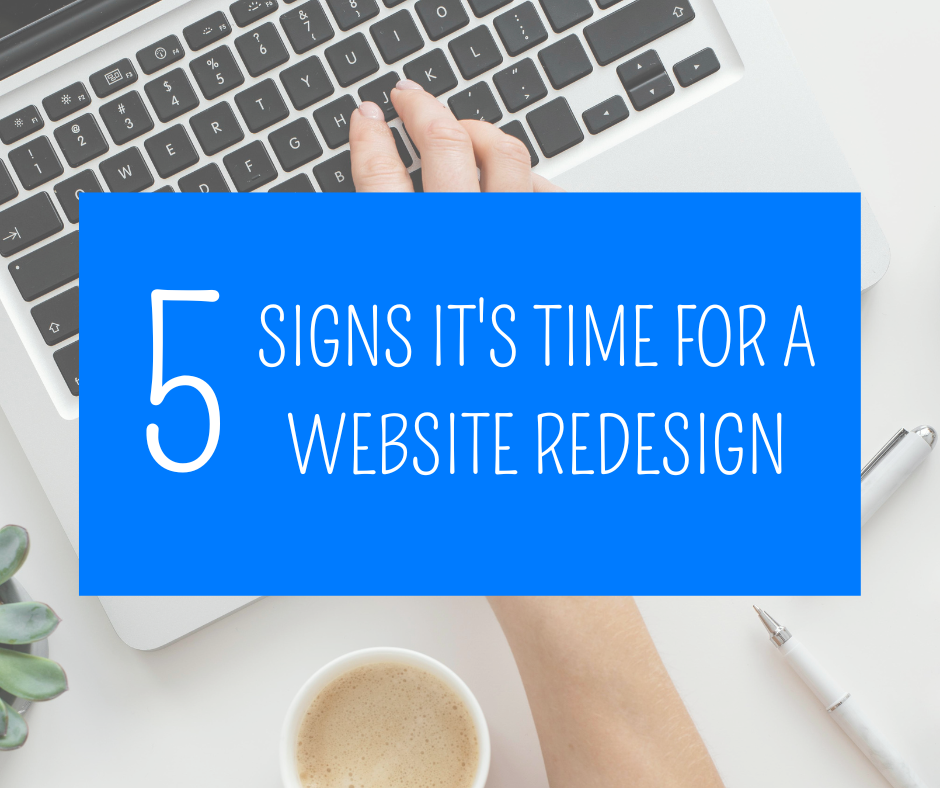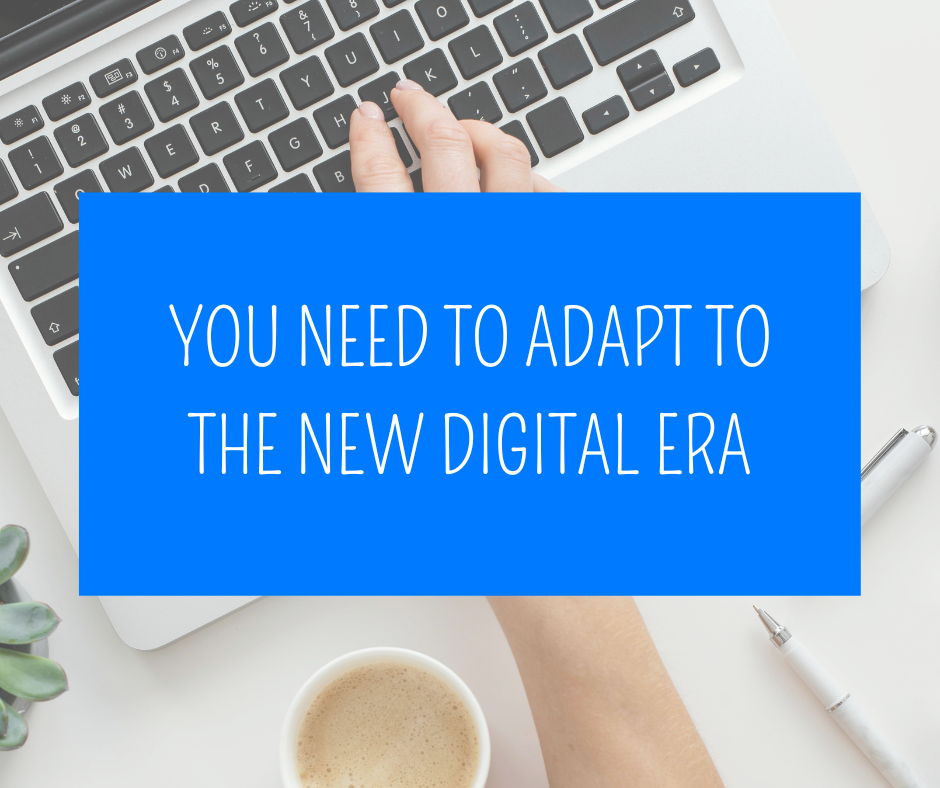
In today's digital age, your website is your 24/7 storefront, your online business card, and your first impression to potential customers. If your website is outdated, it's not just aesthetically unpleasing – it can also seriously hinder your business growth and success.
Here are the top 5 limitations of having an outdated website:
-
Lost Leads and Sales:
- An outdated website is like a leaky bucket – it's letting all your potential leads and sales slip through the cracks.
- Poor user experience: Visitors will leave your website if it's slow, difficult to navigate, or not mobile-friendly. This means lost leads and missed opportunities.
- Outdated design: An outdated design makes your business look unprofessional and can deter potential customers from trusting your brand.
- Lack of conversion optimization: Outdated websites often lack features like clear calls to action and lead capture forms, making it difficult to convert visitors into customers.
- Search Engine Ranking (SEO) Penalty:
- Search engines like Google penalize websites that are outdated and not optimized for mobile devices. This means your website will be harder to find in search results, leading to less traffic and visibility.
- Outdated website code: Google prioritizes websites that are built with modern code and technologies.
- Slow loading speed: Google considers website speed as a ranking factor, so a slow website will be penalized in search results.
- Non-mobile-friendly design: Google prioritizes mobile-friendly websites, so a website that is not mobile-friendly will be penalized in search results.
- Missed Opportunities for Engagement:
- An outdated website lacks the features and functionality needed to effectively engage with your audience. This means you're missing out on valuable opportunities to build relationships and grow your business.
- Limited social media integration: An outdated website may not have the features needed to easily share content on social media, limiting your reach and engagement.
- No blog or content marketing: An outdated website may not have a blog or the ability to easily update content, making it difficult to attract and engage visitors.
- No analytics tracking: Without analytics tracking, you can't measure how your website is performing and identify areas for improvement.
- Damaged Brand Reputation:
- An outdated website reflects poorly on your brand and can damage your reputation.
- Unprofessional appearance: An outdated website can make your business look unprofessional and untrustworthy.
- Lack of trust: Potential customers are less likely to trust a business with an outdated website, as it can be seen as a sign that the business is not innovative or up-to-date.
- Negative customer reviews: Customers who have a bad experience with your website are more likely to leave negative reviews, further damaging your reputation.
- Security Risks:
- Outdated websites are more vulnerable to security risks, such as hacking and malware attacks. This can put your business data and your customers' information at risk.
- Outdated security software: Outdated website platforms and plugins may have known security vulnerabilities that can be exploited by hackers.
- Lack of security awareness: Businesses with outdated websites may be less likely to be aware of the latest security threats and how to protect themselves.
An outdated website is a liability for your business. By updating your website, you can improve your user experience, SEO, engagement, brand reputation, and security.
Here are some tips for updating your website:
- Create a budget and timeline.
- Set clear goals for your website.
- Choose a reputable website design and development company.
- Make sure your website is mobile-friendly.
- Optimize your website for search engines.
- Create fresh and engaging content.
- Track your website analytics and make adjustments as needed.
By investing in a modern website, you can ensure that your business is making the best possible first impression and is well-positioned for success in the digital age.






